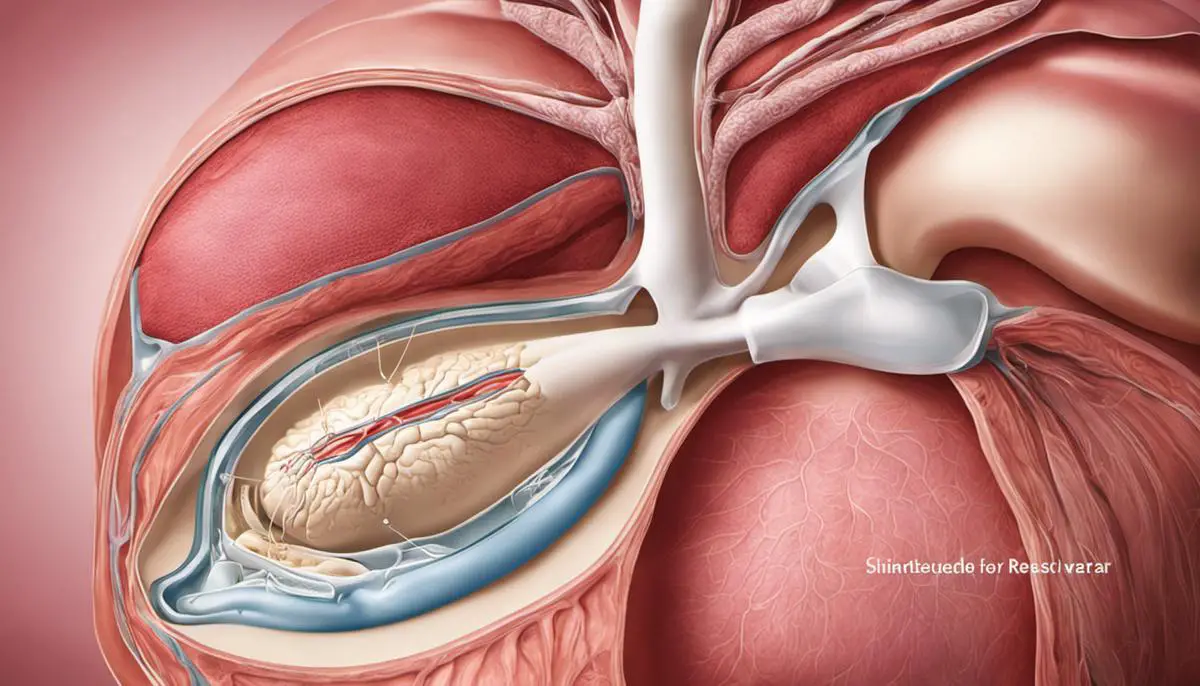Understanding the breastfeeding process is essential for mothers striving to provide the best nourishment possible for their newborns. This involves grasping the basic foundations such as the structure of the breast, how milk production works, and how a baby latches on to feed. Also, it includes comprehending the critical principle of supply and demand; the more the baby feeds, the more milk the body manufactures. Determining how frequent and when to breastfeed, including feeding on demand and cluster feeding, plays a vital role in maintaining an ample milk supply, especially for newborns who might feed up to 12 times a day.
Understanding Breastfeeding Basics
Understanding the Basics of Breastfeeding: Anatomy and Milk Production
It is crucial to understand the anatomy of the breast to comprehend how milk is produced for breastfeeding. The human breast primarily consists of glandular tissue and fatty tissue. Glandular tissue is responsible for producing milk and includes alveoli (where milk is produced) and ducts (that carry milk to the nipple). Hormones such as prolactin and oxytocin play an essential role in milk production and ejection, respectively. When the baby suckles at the breast, these hormones are released, signaling the alveoli to produce milk and the muscles around them to contract and push the milk through the ducts to the nipple.
Latch and Milk Transfer
A correct latch is critical to ensure that the baby is getting enough milk and to stimulate further milk production. The baby’s mouth should take in a large part of the areola, and the baby’s lips should be flanged outwards, with the chin touching the breast. The baby’s tongue should be positioned under the breast, and rhythmic suckling should be noticeable. When correctly latched, breastfeeding should not be painful, and signs such as hearing the baby swallow, content behavior after feeds, and regular wet and dirty diapers can indicate the baby is getting enough milk.
Demand and Supply Process in Breastfeeding
Breast milk production works on a demand and supply basis. The more the baby feeds, the more milk the body produces. Frequent breastfeeding stimulates the release of prolactin, promoting more milk production. If the baby is not feeding frequently, perhaps due to usage of pacifiers or supplementary feeds, it could lead to a decreased milk supply because the body receives the signal that less milk is needed.
Increasing Breast Milk Supply Through Breastfeeding Practices
To increase breast milk supply, aim to feed the baby on demand rather than on a set schedule. This could mean breastfeeding every 1-3 hours or 8-12 times a day for a newborn. Encourage the baby to completely empty one breast before switching sides. If the baby does not empty the breast thoroughly, you can pump the remaining milk. Additionally, ensure correct latch and comfortable breastfeeding positions to feed effectively and stimulate milk production.
Summary
To summarize, understanding the basic anatomy and physiology relating to breastfeeding, maintaining proper latch and feeding practices, and acknowledging that milk production works per the demand and supply can ensure an adequate milk supply for nursing mothers. Regularly breastfeeding and ensuring complete milk removal is key to stimulating the body to produce more milk.

Breastfeeding Frequency
Understanding Breastfeeding Frequency and Supply
Breastfeeding frequency plays a vital role in milk production, with more frequent breastfeeding naturally leading to an increase in supply. It is based on the principle of demand and supply – the more your baby nurses, the more milk your body will produce. For those looking to boost their milk supply, the recommendation is to consider feeding on demand and employing the strategy of cluster feeding.
What is Feeding on Demand?
Feeding on demand is one of the most effective techniques to increase breast milk supply. This method is primarily about being responsive to your baby’s hunger cues and breastfeeding whenever your baby appears hungry. This could mean breastfeeding around 8-12 times in a 24-hour period, particularly for newborns. It could translate to feeding your infant every 2 to 3 hours throughout the day. Keep in mind that this does not need to be a strict schedule and flexibility is key, as the baby’s hunger cues may not always be consistent.
The Concept of Cluster Feeding
Another strategy to increase milk supply is cluster feeding, which is where your baby feeds multiple times over a short period. This is often experienced in the evenings, a period sometimes known as the “witching hour,” when babies may be fussier and nurse frequently. It’s believed that by so doing, they’re loading up on mama’s milk before a longer sleep period. Cluster feeding, although demanding, can help skyrocket your milk supply.
While these strategies can guide your breastfeeding routine, remember that every baby is unique. Some will naturally adopt a routine, while others may require feeding more frequently. What’s most important is being responsive to your baby’s needs and seeking help from a lactarian or a healthcare professional when necessary.

Troubleshooting and Aiding Milk Production
Identifying Issues Impacting Milk Supply
It’s vital to first identify the potential hindrances to milk production. One of the primary impediments could be an inadequate latch from the baby. If your baby is not properly latched onto your breast, then the stimulation and milk removal required for optimal supply may not be occurring. Another issue could be the use of supplementation. Providing formula or other supplementary food to your baby can lead to a decrease in breastfeeding, which will inevitably reduce the milk supply due to the lack of demand. Also, certain medications may interfere with your milk production. This can vary vastly from one medication to another, so it’s essential to consult with a healthcare provider regarding this. Lastly, your sleep routines could also be influencing your milk supply. Studies have shown that lack of sleep or irregular sleeping patterns can interfere with the body’s ability to produce milk.
Aiding Milk Production: Nutrition and Hydration
Nutrition plays a significant role in aiding milk production. Certain foods like oats, spinach, carrots, fenugreek seeds, garlic, and almonds are considered lactation foods that can help increase supply. Additionally, drinks like coconut water, fennel tea, and milk also enhance lactation. Drinking plenty of fluids throughout the day is crucial. Staying well-hydrated not only aids in general health but also supports breast milk production.
Aiding Milk Production: Pumping and Professional Assistance
Pumping can be a useful tool to stimulate more milk production, especially if you’re returning to work or find it challenging to breastfeed directly. Regularly emptying the breasts helps signal the body to continue making more milk. The more frequently the breast is emptied, the faster the milk will be replenished.
However, not always you can troubleshoot problems with milk production on your own. Consulting a lactation consultant can be of great help in finding specific solutions to challenges you’re facing with breastfeeding. These professionals can help with latch and positioning issues, provide guidance on pumping and storing breast milk, and offer solutions for increasing milk supply. Often, they can give personalized advice based on your situation that might not be found elsewhere.

Furthermore, it is important to recognize potential challenges to milk production such as poor latch, undue supplementation, certain medications, and disruptive sleep routines, which could all potentially disrupt this delicate balance. Yet, it is reassuring to know that solutions are accessible. Embracing beneficial practices such as consuming lactation-boosting foods, staying fully hydrated, effective use of a breast pump, and making use of professional guidance from a lactation consultant can all immensely benefit this journey. Ultimately, understanding breastfeeding is a journey that can empower a mother to nourish her child healthily and create a nurturing bond that lasts a lifetime.
